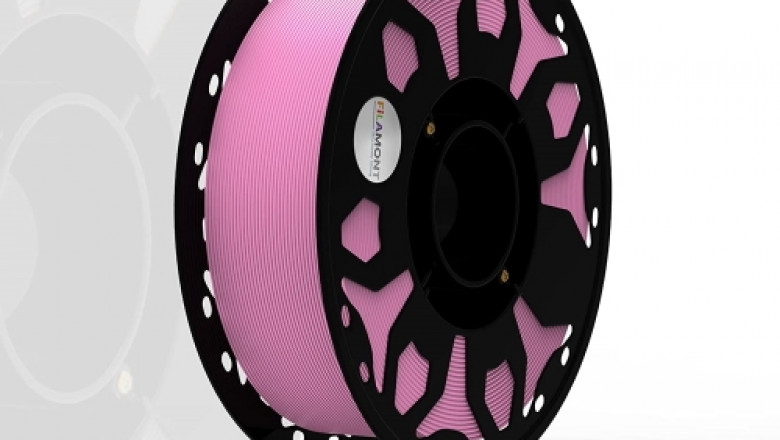views
3D Printer Filament Types and Uses: A Complete Guide
3D printer filament is the material used in 3D printing to create objects layer by layer. Filaments come in various types, each with distinct properties that make them suitable for different applications. Understanding the different types of filaments and their uses is essential for anyone working with 3D printing.
What is 3D Printer Filament?
3D printer filament is typically a thermoplastic material that is fed into a 3D printer to be melted and extruded to create parts and models. Filament comes in various colors, diameters, and compositions, each suitable for different printing requirements.
Common Types of 3D Printer Filaments
PLA (Polylactic Acid): PLA is one of the most common and user-friendly filaments. It is biodegradable, easy to print with, and works well for creating decorative and functional items. PLA is ideal for beginners but may not be as durable or heat-resistant as other materials.
ABS (Acrylonitrile Butadiene Styrene): Known for its toughness and durability, ABS is often used for making automotive parts, household items, and prototypes. It requires a heated print bed and produces fumes during printing.
PETG (Polyethylene Terephthalate Glycol): PETG is known for its strength, flexibility, and resistance to moisture. It is commonly used for creating functional parts and products that need to endure wear and tear.
Nylon: Nylon is incredibly strong and flexible, making it suitable for parts that require high durability and resistance to wear. It is used in engineering applications, including gears and mechanical components.
TPU (Thermoplastic Polyurethane): TPU is a flexible filament often used for creating rubber-like items, such as phone cases, automotive parts, and wearables.
Choosing the Right Filament for Your Project
Selecting the right filament depends on your project’s requirements:
Strength and Durability: For functional parts, materials like ABS, PETG, or Nylon are ideal.
Ease of Printing: If you're a beginner, PLA is the best choice due to its ease of use and low printing temperature.
Flexibility: For flexible parts, TPU is the go-to filament.
Aesthetic Appeal: For decorative models or figurines, PLA and PETG provide great color variety and smooth finishes.
Conclusion
With a wide range of 3d printer filament options available, choosing the right one for your project is crucial. Each filament type offers distinct advantages, depending on the specific application. Understanding the properties of PLA, ABS, PETG, Nylon, and TPU will help ensure that you get the best results from your 3D printing endeavors.





















Comments
0 comment